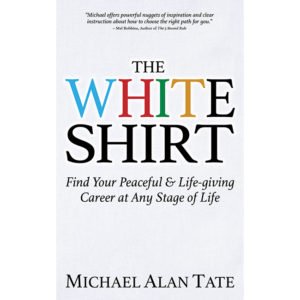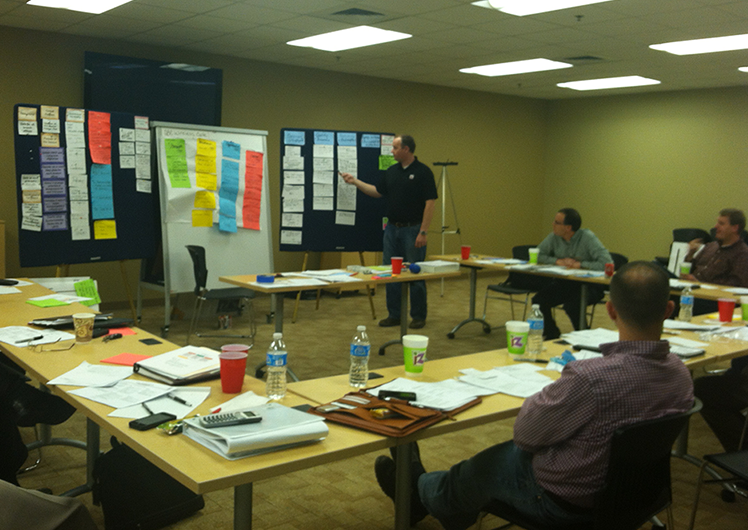Engaging Thankfulness
The Campbell Soup company had lost its way when Douglas Conant took charge in 2001.
In the late 1990s, the company increased prices and lost many consumers to less expensive soup brands. Rather than bring prices back down, to maintain earnings Campbell cut costs by reducing advertising and laying off employees – moves that resulted in even lower sales. By the time Conant was recruited, the company’s share price had dropped from a high of $60 in 1998 to $30 in 2001.
Conant said, “We had a toxic culture. People were understandably jaundiced with management.” He added, “It was hard for me to imagine that we could inspire high performance with no employee engagement.”
So, he defined a new strategy and set clear expectations with accountability in the form of department and manager scorecards – the typical MBA things any CEO worth his or her salt would do. Then he took to the hard work – changing the culture. To do this, his first step was to state and apply his philosophy of what really motivates people:
“We needed to reach employees on four levels,” Conant said. People needed: 1st – to make a living; 2nd – to feel loved; 3rd – to learn; and 4th – to feel like they were part of something special and leave a legacy behind.” Based on this four-level foundation Conant adjusted pay scales, set a new vision and installed structured leadership learning programs that all employees were required to attend.
By 2010, the Gallup Employee Engagement Index showed that for every 17 engaged employees, only one was disengaged, a ratio that exceeded Gallup’s “world-class” benchmark of 12:1. More impressively, the engagement ratio for the top 350 leaders was an amazing 77:1. Plus the corporate cumulative total shareholder return was 64 percent, nearly five times the 13 percent return of the S&P 500.
What helped this happen? I believe the key ingredient that created the atmosphere that allowed this success was Conant’s relentless modeling of the second level need in his four-level philosophy. During his 10-year tenure as CEO, he wrote 10 to 20 handwritten personal notes to employees at all levels of the organization each day to thank and recognize those who were performing well. This practice added up to over 30,000 notes to his 20,000 employees.
Journal Entry: It is amazing what engaging thankfulness did for the people and the performance in one organization. But writing 20 to 30 notes a day seems more than a little daunting to me. So why not aim for one a day. Want to try it? Beginning this Thanksgiving Day until New Year’s Day 2020, send one thank you note, or I appreciate you text every day. Then on January 1 send me a note and let me know what you experienced with people in your leadership and life.
If you are really thankful, what do you do? You share. – W. Clement Stone
Keep your eyes open to your mercies. The person who forgets to be thankful has fallen asleep in life. – Robert Louis Stephenson
Don’t let the sun do down without saying thank you to someone, and without admitting to yourself absolutely no one gets this far alone. – Stephen King
Reflect upon your present blessings – of which every man has many – not on your past misfortunes, which all men have some. – Charles Dickens
But now these three things abide: faith, hope, love; but the greatest of these is love – The Bible – The 1st book of Corinthians, Chapter 13, verse 13



